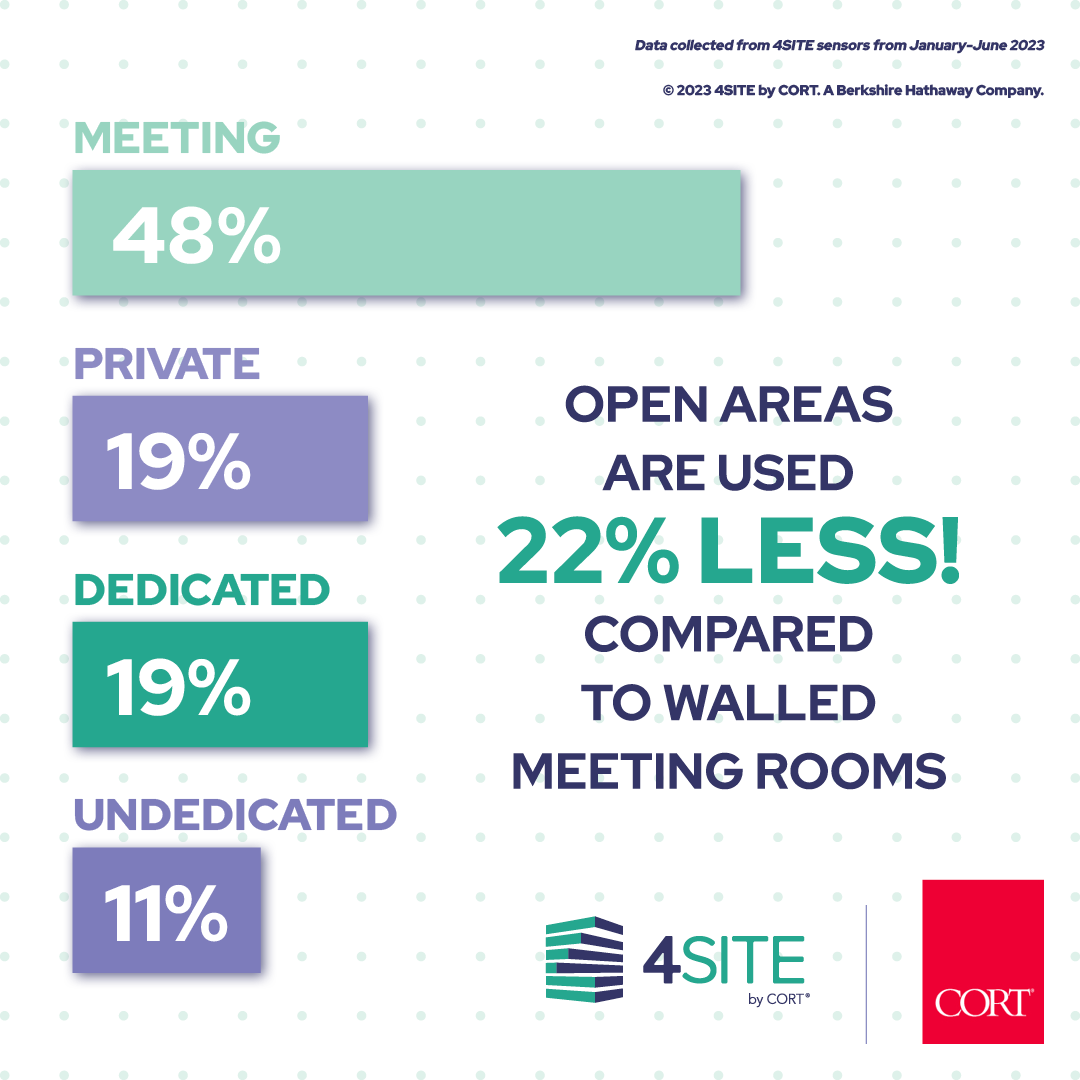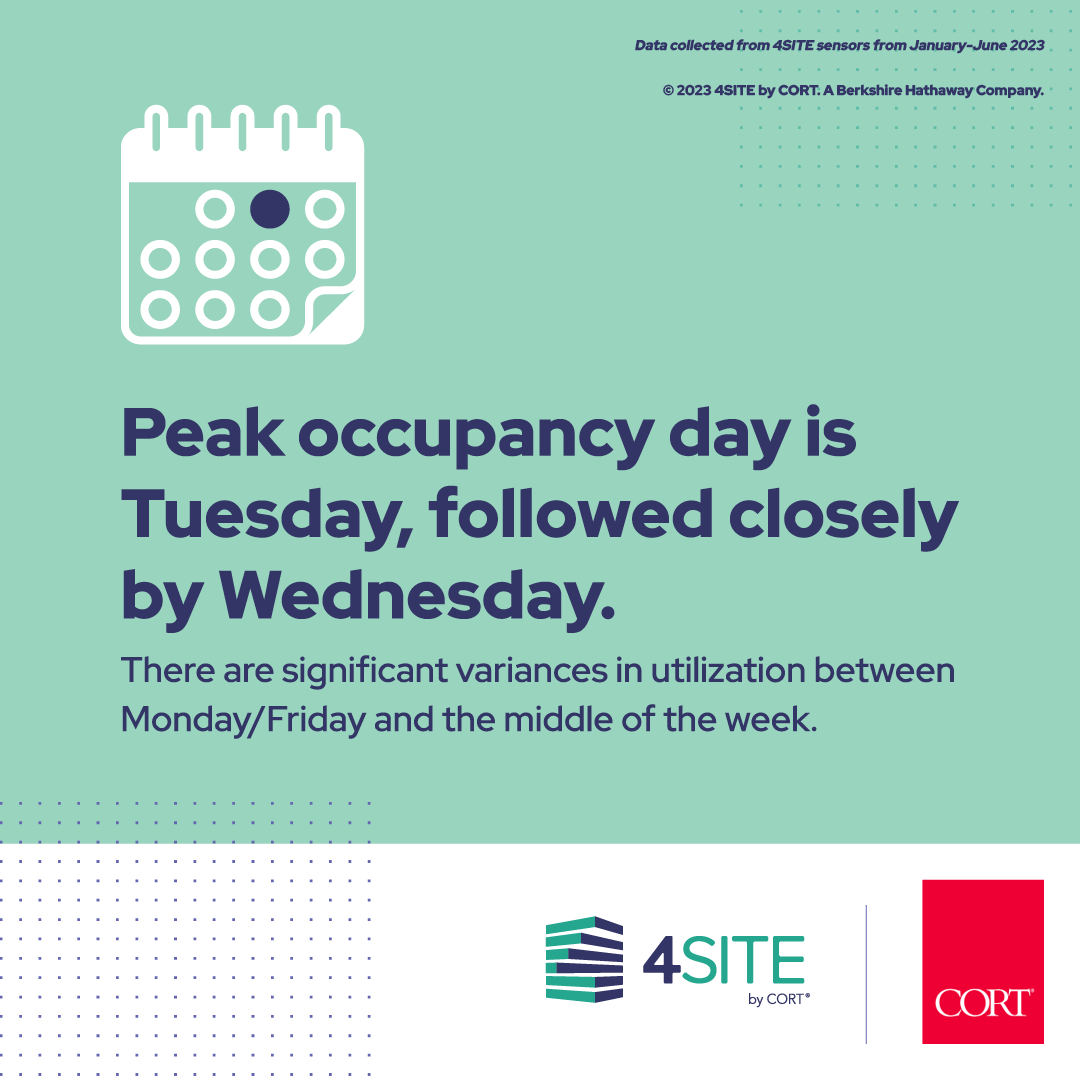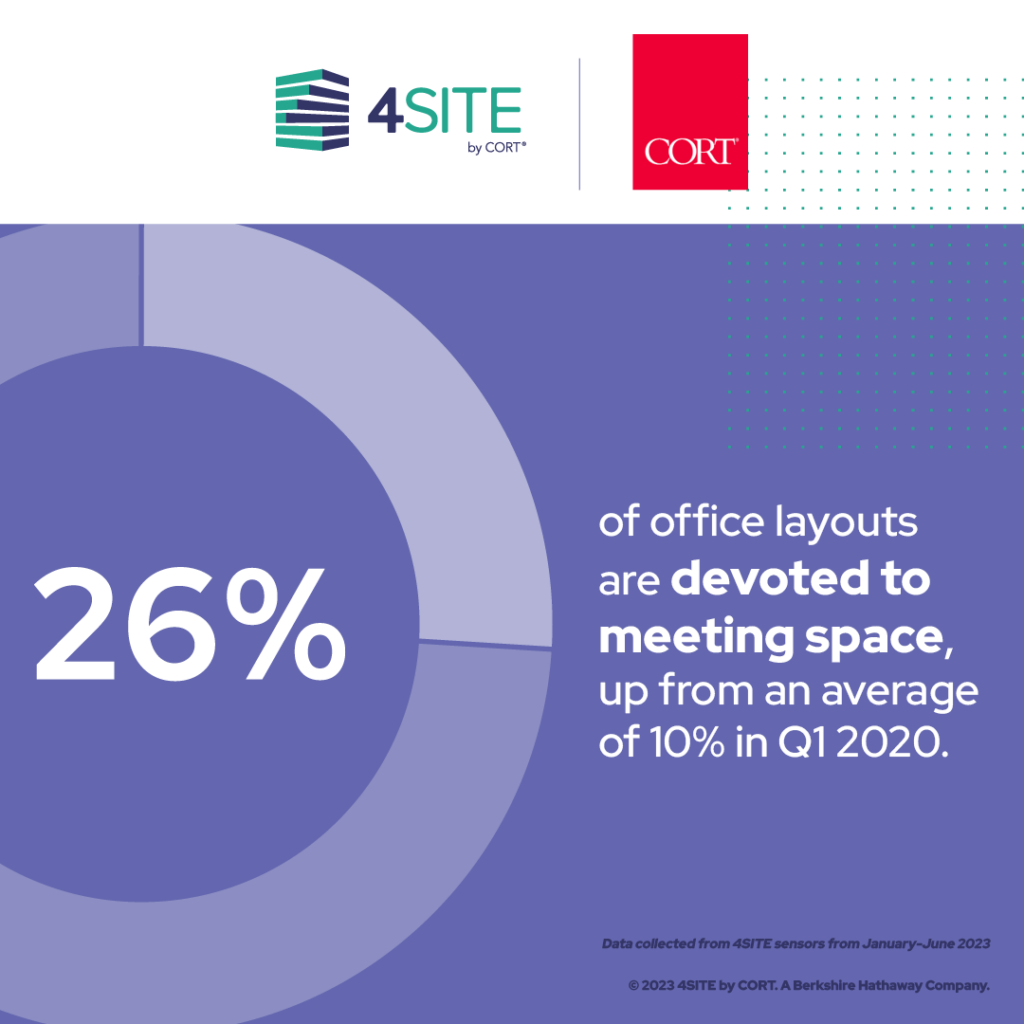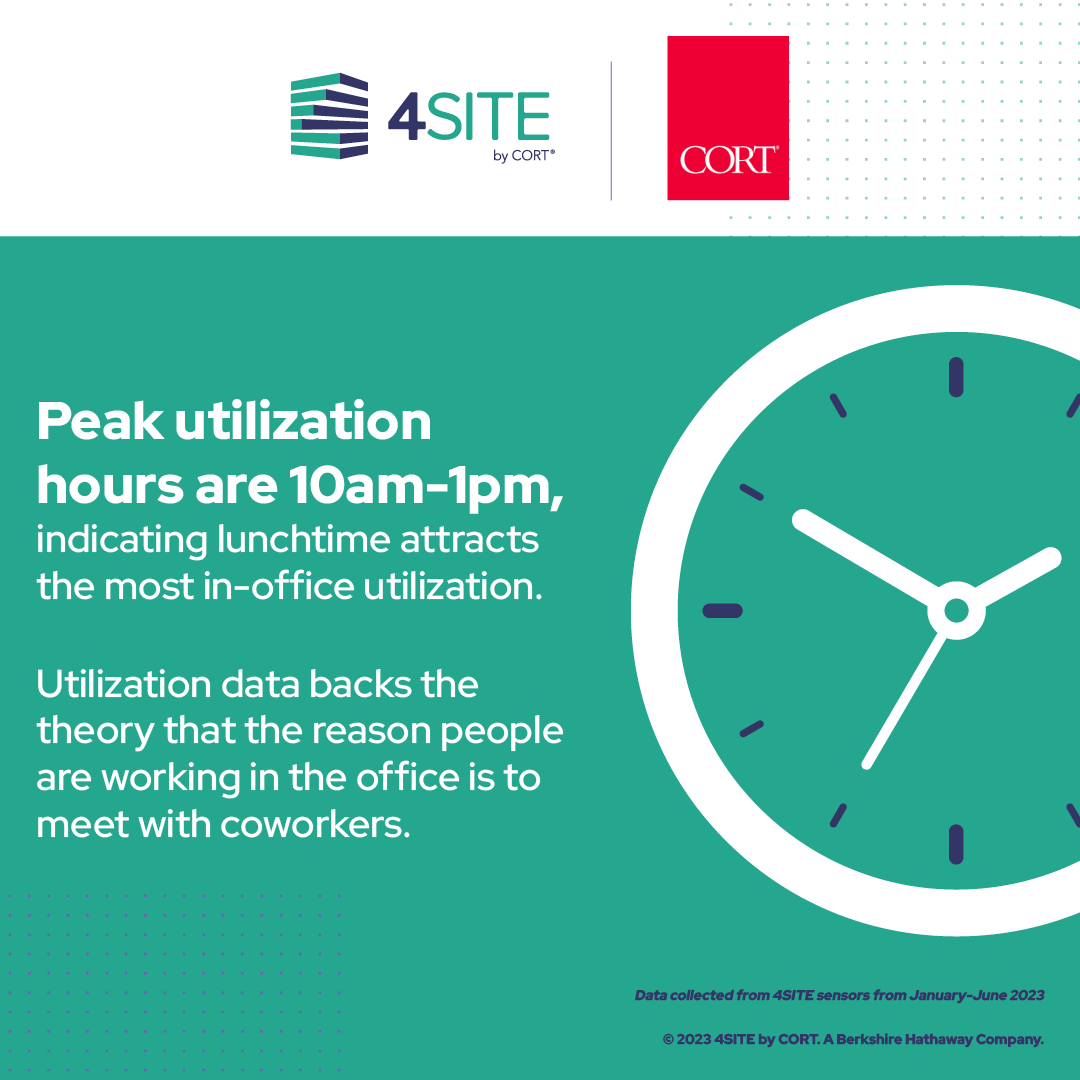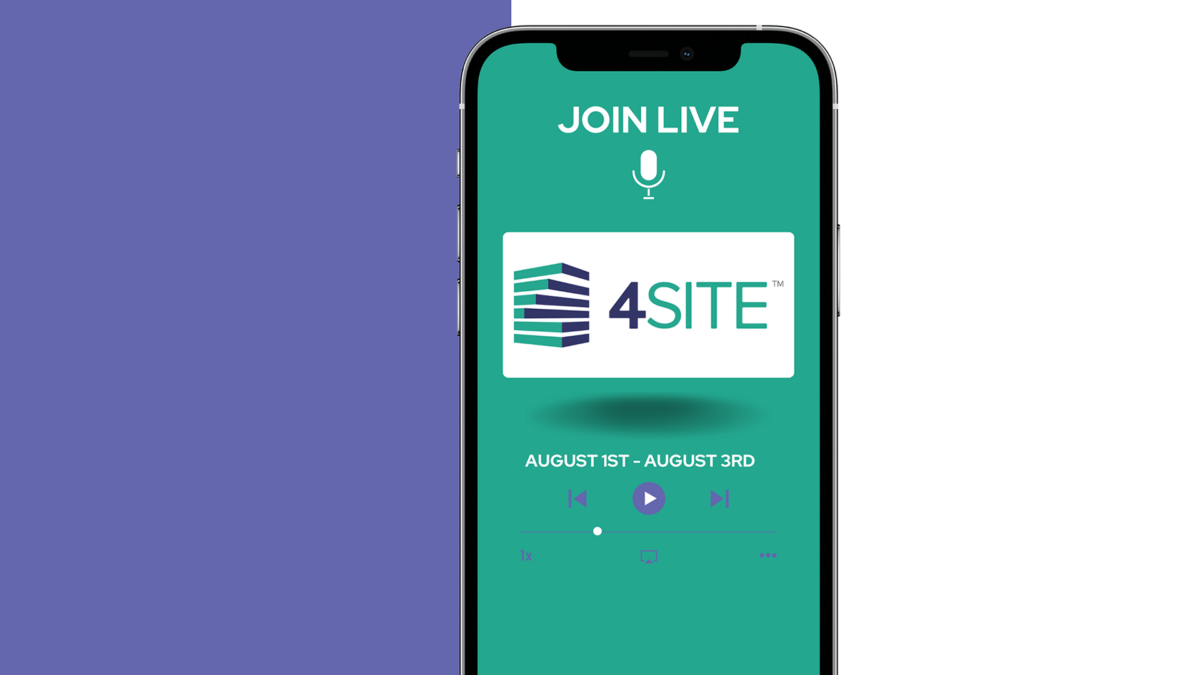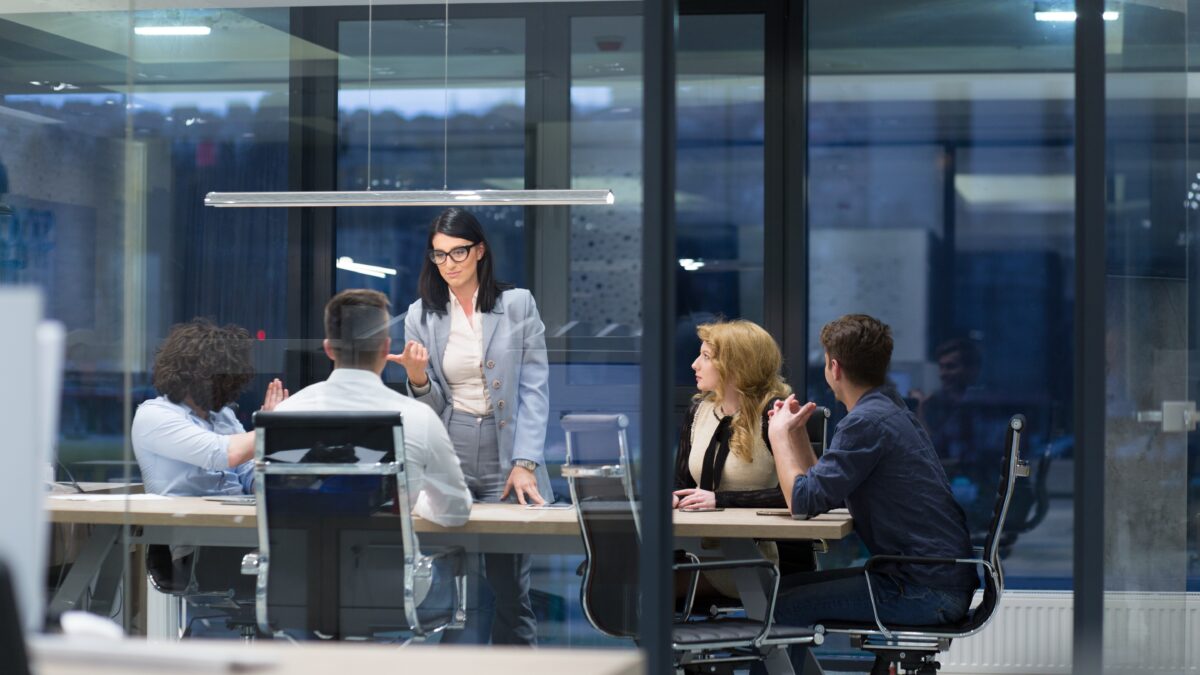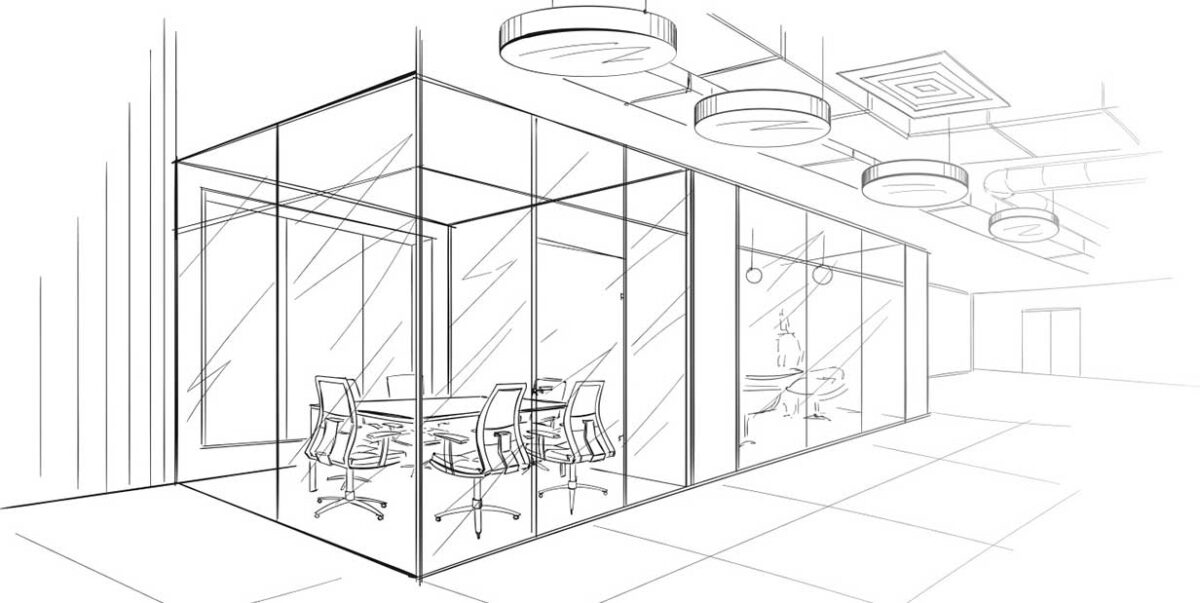In today’s dynamic work landscape, organizations are realizing the significance of creating flexible and fluid office environments. This shift stems from a growing understanding that spatial intelligence plays a vital role in enhancing employee productivity, collaboration, and overall well-being. By analyzing data gathered from cutting-edge workplace sensor technology like 4SITE by CORT, we can uncover valuable insights on how to optimize office spaces and cater to the unique needs of the hybrid workforce. This article delves into the importance of spatial intelligence in the office and explores how organizations can leverage this data to create a better experience for their employees.
Understanding the Value of Spatial Intelligence
Organizations are rediscovering the need for flexible and fluid environments that align with the activities and preferences of their employees.
Spatial intelligence is involved in this by being a strategic analysis and design tool that helps office spaces to align with the activities and preferences of employees. Analyzing over 20,000 work areas across multiple US locations and industries from January to June 2023, recent data from 4SITE reveals fascinating trends. It shows that workspace design is adapting to meet the demands of the hybrid workforce, with a focus on creating areas that foster collaboration and engagement.
Utilization Data: The Key to Iteration and Adaptation
The data highlights that reconfiguring underperforming work areas based on utilization data can yield significant improvements. Following reconfiguration, these spaces experienced an average 17% uptick in utilization on peak occupancy days within the week, and a 20% increase two weeks later. This emphasizes the importance of continuously evaluating and adapting office layouts to align with the evolving needs of employees.
Meeting the Need for Collaboration
One noteworthy finding is the shift in office layout. The data shows that 26% of office layouts are now devoted to meeting spaces, a significant increase from the average of 10% in Q1 2020. Utilization data backs the theory that people choose to work in the office primarily for face-to-face interactions with coworkers. Recognizing this trend, organizations should prioritize creating inviting meeting spaces that promote collaboration and teamwork.
Optimizing Focus Areas and Private Offices
Understanding when and how employees utilize office spaces is crucial for optimizing their experience. The data reveals that Tuesday and Wednesday are the peak occupancy days, indicating the importance of having a well-utilized office midweek. Additionally, lunchtime attracts the most in-office utilization, with peak occupancy hours from 10 am to 1 pm. These insights can help organizations allocate resources effectively, ensuring that the office environment is optimized during high-demand periods.
Harnessing Technology and Data for Improvement
Innovative workplace sensor technology, like 4SITE by CORT, provides real-time data on space utilization, enabling organizations to make data-driven decisions when designing and optimizing their office environments. By leveraging this technology, companies gain insights into peak utilization hours and can tailor their office experiences accordingly. For instance, the data reveals that lunchtime attracts the most in-office utilization, suggesting that companies can focus on providing appealing amenities and spaces during this period to enhance employee satisfaction and engagement.
Creating a Better Experience for Everyone
Spatial intelligence is a critical factor in designing office environments that meet the needs of the hybrid workforce. By analyzing utilization data and leveraging innovative workplace sensor technology like 4SITE by CORT, organizations can create more flexible, adaptive, and employee-centric office spaces. The insights gained from this data-driven approach enable companies to optimize collaboration, focus areas, and meeting spaces, ultimately enhancing productivity, satisfaction, and well-being. Embracing spatial intelligence not only revolutionizes the way we perceive and utilize physical space but also empowers organizations to unlock the full potential of their workforce.



